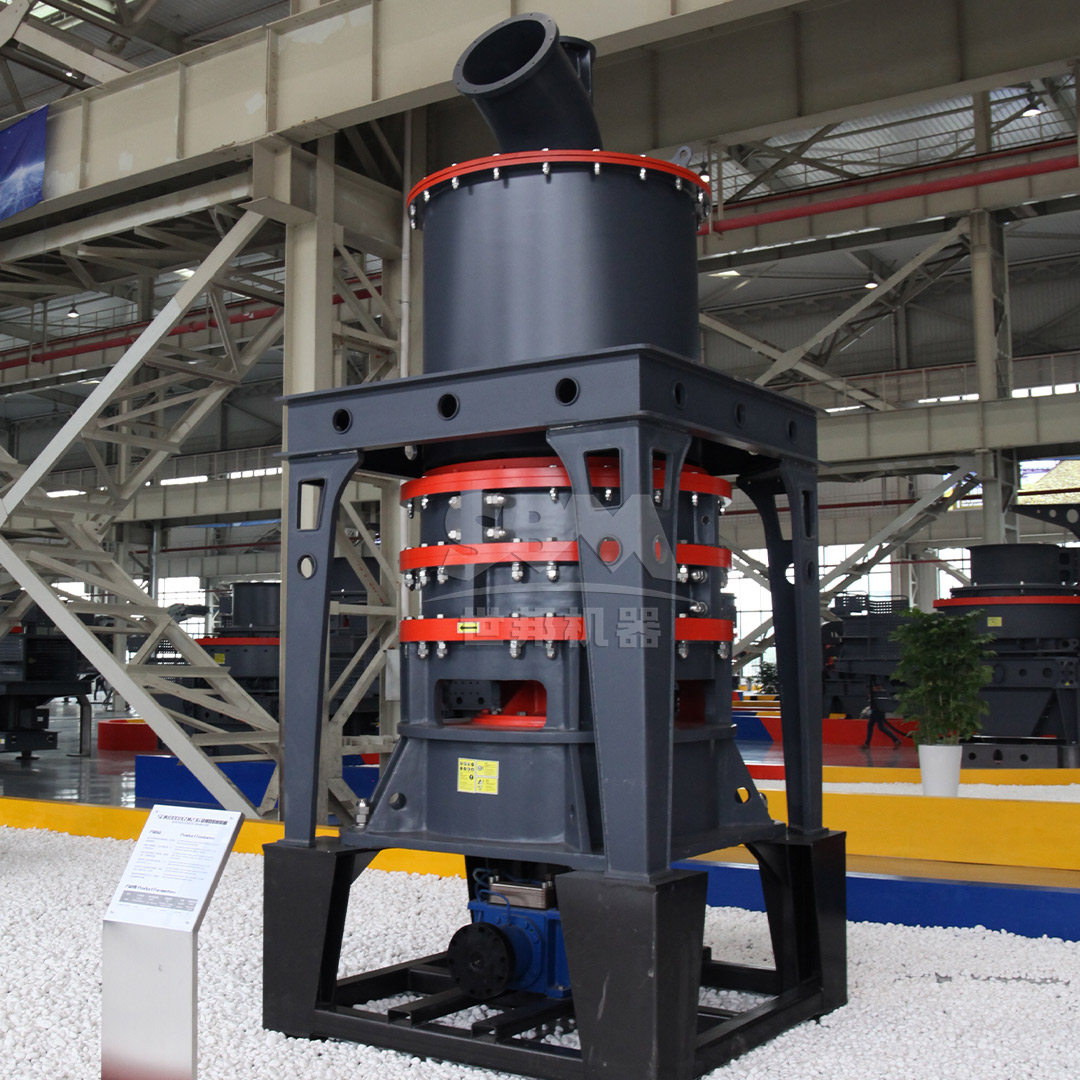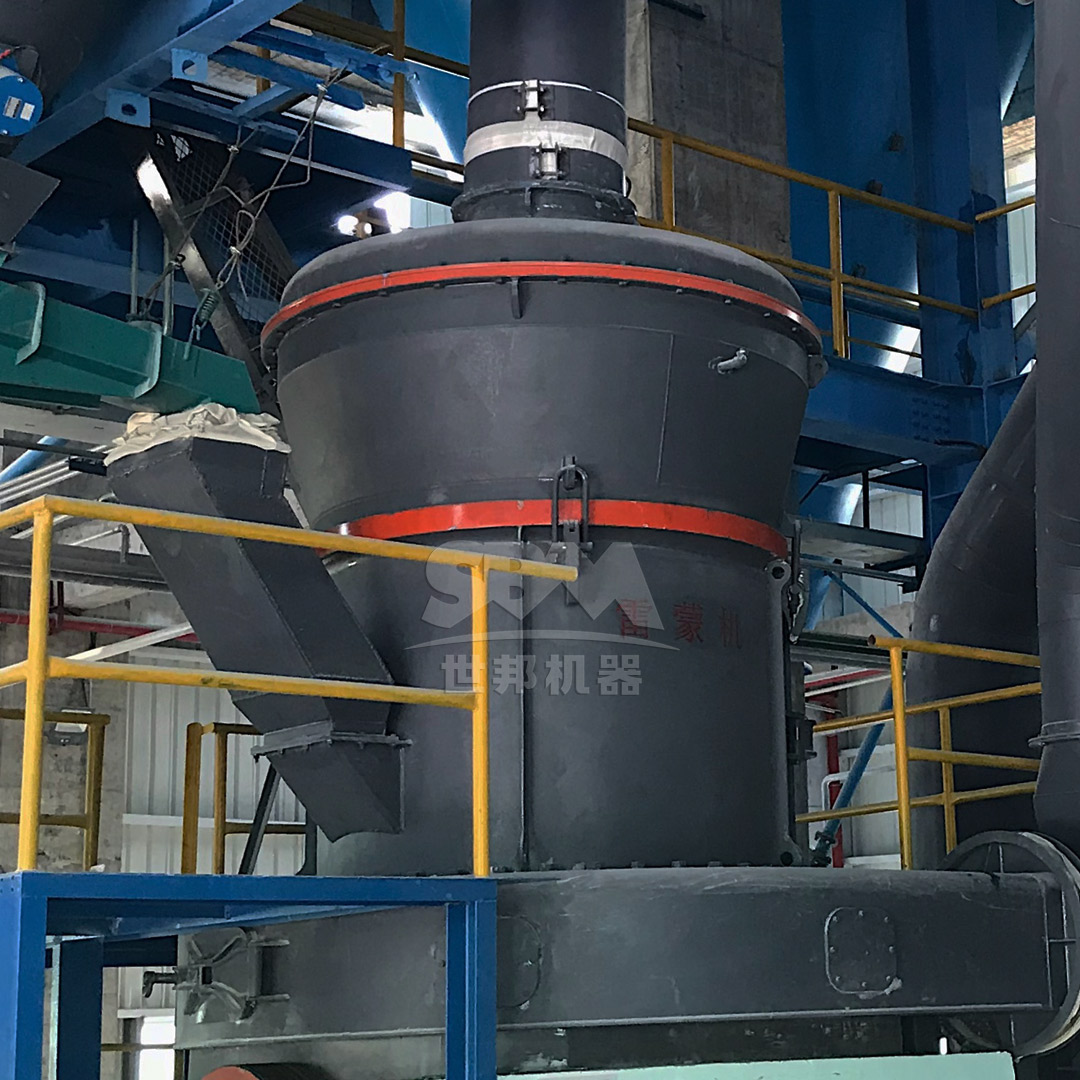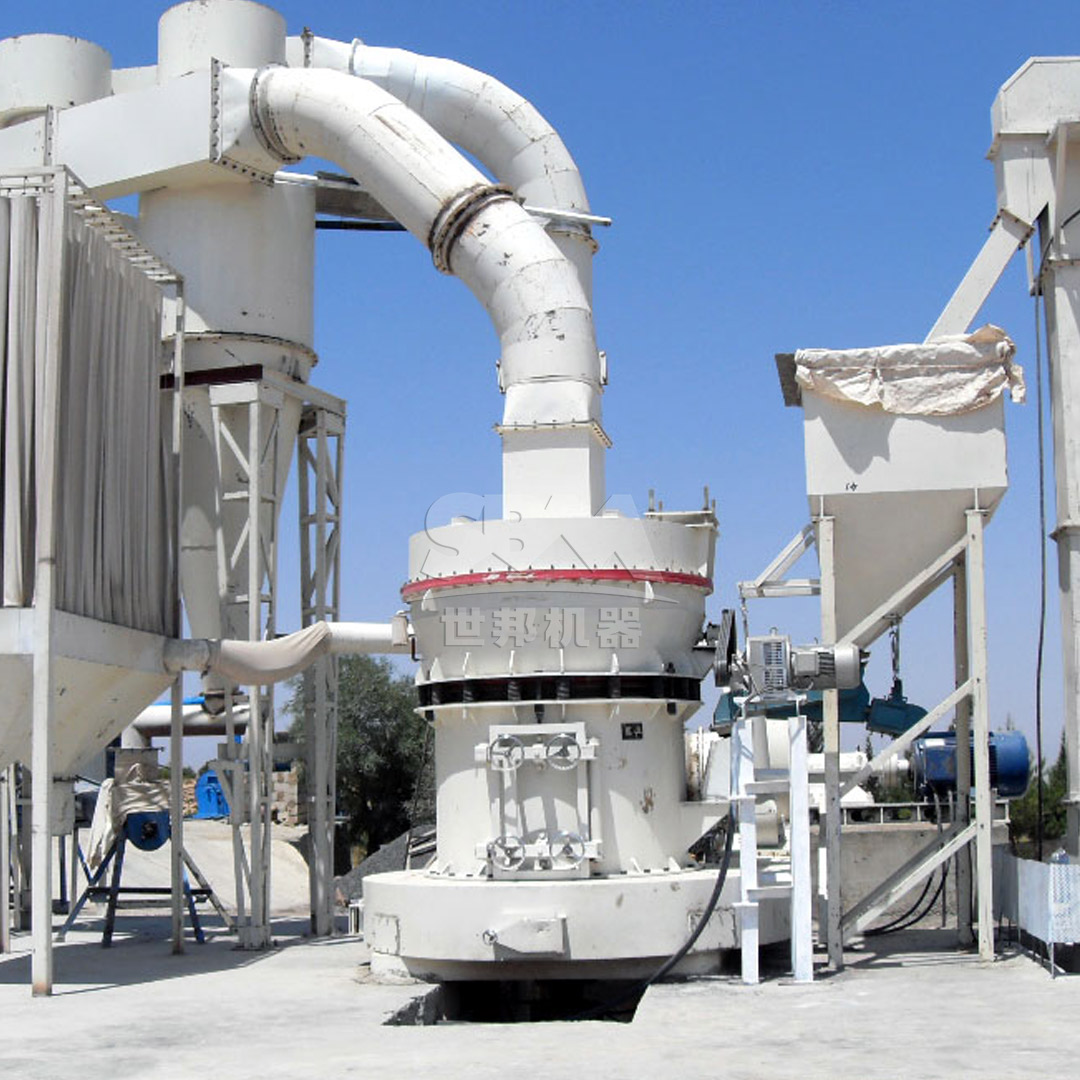In today’s competitive industrial landscape, optimizing grinding operations is no longer optional—it’s essential for maintaining profitability and sustainability. Grinding plants represent significant capital investments and operational expenses, making efficiency improvements a top priority for plant managers and engineers. This comprehensive guide explores proven strategies to maximize your grinding plant’s performance while minimizing operational costs, with a focus on modern technological solutions that deliver measurable results.
Before implementing optimization strategies, it’s crucial to understand the key factors that influence grinding efficiency. These include particle size distribution, energy consumption, wear rates, and throughput capacity. Each of these elements interacts with the others, creating a complex system where improvements in one area can positively impact overall performance.
| KPI | Target Range | Measurement Frequency | Impact on Cost |
|---|---|---|---|
| Specific Energy Consumption | 15-30 kWh/t | Continuous | High |
| Wear Rate | <5g/t processed | Weekly | Medium-High |
| Throughput | 85-95% of design capacity | Daily | High |
| Product Quality Consistency | ±2% variation | Per batch | Medium |
The foundation of an efficient grinding plant begins with selecting the right equipment for your specific application. Modern grinding technology has evolved significantly, offering solutions tailored to different material characteristics, production requirements, and energy constraints.
For operations requiring ultra-fine powders with precise particle size distribution, the SCM Ultrafine Mill represents a technological breakthrough. This advanced grinding system delivers exceptional performance with output fineness ranging from 325 to 2500 mesh (D97≤5μm), making it ideal for high-value applications in pharmaceuticals, advanced materials, and specialty chemicals.
The SCM Ultrafine Mill incorporates several innovative features that contribute to its efficiency advantages. Its vertical turbine classifier ensures precise particle size control, eliminating coarse powder contamination and delivering consistently uniform products. The intelligent control system automatically adjusts operational parameters based on real-time feedback of product particle size, maintaining optimal performance even with varying feed materials.
From an operational cost perspective, the SCM series demonstrates remarkable efficiency, consuming 30% less energy compared to conventional jet mills while delivering twice the production capacity. The specially designed grinding rollers and rings, manufactured from wear-resistant materials, significantly extend component life and reduce maintenance frequency. Environmental considerations are addressed through advanced pulse dust collection technology that exceeds international standards and noise reduction engineering that maintains operational noise below 75dB.

For large-scale operations requiring high throughput with medium to fine particle sizes, the MTW Series Trapezium Mill offers an optimal balance of performance and efficiency. With processing capacities ranging from 3 to 45 tons per hour and output fineness adjustable from 30 to 325 mesh, this robust grinding solution serves diverse industrial applications including mining, cement production, and power generation.
The MTW series incorporates several patented design features that contribute to its operational advantages. The curved air channel design minimizes energy losses during material transport, while the combined shovel blade system reduces maintenance costs and extends operational intervals. The integrated cone gear transmission system achieves 98% transmission efficiency, significantly higher than conventional gear arrangements, while saving space and reducing installation complexity.
Operational reliability is enhanced through the wear-resistant volute structure that eliminates flow resistance and improves air classification efficiency. These design innovations collectively reduce maintenance costs by approximately 30% compared to conventional grinding systems while maintaining consistent product quality across varying production conditions.
Beyond equipment selection, process optimization plays a critical role in maximizing grinding efficiency. Implementing systematic improvements across your grinding operation can yield substantial benefits in energy consumption, maintenance costs, and product quality.
Proper preparation of feed materials significantly impacts grinding efficiency. Implementing pre-crushing stages to achieve optimal feed size distribution reduces the work required by grinding equipment and improves overall system throughput. For operations processing materials with variable characteristics, advanced control systems that adjust grinding parameters based on real-time feed analysis can maintain optimal performance across changing conditions.
Efficient classification is essential for preventing over-grinding and reducing energy waste. Modern classification systems incorporate adjustable parameters that allow operators to fine-tune particle size distribution without requiring equipment modifications. Regular maintenance of classification components ensures consistent performance and prevents efficiency degradation over time.

Grinding operations typically account for a significant portion of industrial energy consumption. Implementing comprehensive energy management strategies, including heat recovery systems, variable frequency drives, and optimized operational scheduling, can reduce energy costs by 15-25%. Advanced control systems that monitor and adjust energy consumption in real-time provide additional savings while maintaining production targets.
Proactive maintenance planning extends equipment life, reduces unexpected downtime, and maintains optimal efficiency. Implementing a systematic approach to maintenance can significantly impact operational costs and equipment reliability.
Modern grinding equipment incorporates monitoring systems that track critical parameters including vibration, temperature, and power consumption. Analyzing this data enables predictive maintenance scheduling that addresses potential issues before they cause unplanned downtime. For the SCM Ultrafine Mill, the bearing-free screw grinding chamber design enhances operational stability and simplifies maintenance procedures, while the MTW Series’ modular component design facilitates rapid replacement of wear parts.
Strategic management of wear parts, including inventory optimization, refurbishment programs, and material selection, significantly impacts maintenance costs. The special material grinding rollers and rings in the SCM series demonstrate extended service life, while the curved design of MTW series shovels reduces wear rates and replacement frequency.
| Maintenance Activity | Frequency | Cost Impact | Recommended Approach |
|---|---|---|---|
| Wear Part Inspection | Monthly | Medium | Predictive monitoring |
| Classifier Adjustment | Per product change | Low | Automated calibration |
| Dust System Maintenance | Quarterly | Medium | Preventive schedule |
| Comprehensive Overhaul | Annual | High | Planned downtime |
Modern grinding operations must address environmental regulations while maintaining economic viability. Advanced grinding systems incorporate features that minimize environmental impact without compromising performance.
Both the SCM Ultrafine Mill and MTW Series incorporate advanced dust collection technology that exceeds international emission standards. The pulse dust collection systems achieve filtration efficiencies above 99.9%, ensuring compliance with increasingly stringent environmental regulations. Regular maintenance of filter elements and monitoring of system performance maintains optimal collection efficiency throughout equipment life.
Industrial noise regulations require grinding operations to implement effective noise control measures. The SCM series’ integrated soundproofing chamber maintains operational noise below 75dB, while the MTW series incorporates vibration damping systems that reduce noise transmission. These features create safer working environments while ensuring regulatory compliance.

Successfully optimizing a grinding plant requires a systematic approach that addresses technical, operational, and organizational factors. The following implementation roadmap provides a structured path to achieving sustainable efficiency improvements.
Begin with a comprehensive assessment of current operations, establishing baseline performance metrics across energy consumption, production rates, maintenance costs, and product quality. Compare these metrics against industry benchmarks and theoretical optimums to identify improvement opportunities.
Evaluate available technologies against your specific requirements, considering factors beyond initial capital cost including operational efficiency, maintenance requirements, and compatibility with existing systems. Both the SCM Ultrafine Mill and MTW Series offer compelling value propositions for their respective applications, with documented case studies demonstrating rapid return on investment through operational savings.
Implement optimization measures in phases, allowing for performance validation and adjustment before proceeding to subsequent stages. Monitor key performance indicators throughout implementation to quantify improvements and identify any required adjustments to the optimization strategy.
Optimizing grinding plant efficiency requires a holistic approach that integrates advanced equipment selection, process optimization, proactive maintenance, and environmental management. Modern grinding technologies like the SCM Ultrafine Mill and MTW Series Trapezium Mill provide powerful tools for achieving significant improvements in both efficiency and cost savings. By implementing the strategies outlined in this guide and leveraging appropriate technological solutions, grinding operations can achieve sustainable competitive advantages through reduced operational costs, improved product quality, and enhanced environmental performance.
The journey toward grinding optimization is continuous, with ongoing monitoring, adjustment, and technology upgrades providing opportunities for further improvement. As grinding technology continues to evolve, staying informed about emerging solutions and best practices ensures that your operation remains at the forefront of efficiency and cost-effectiveness.